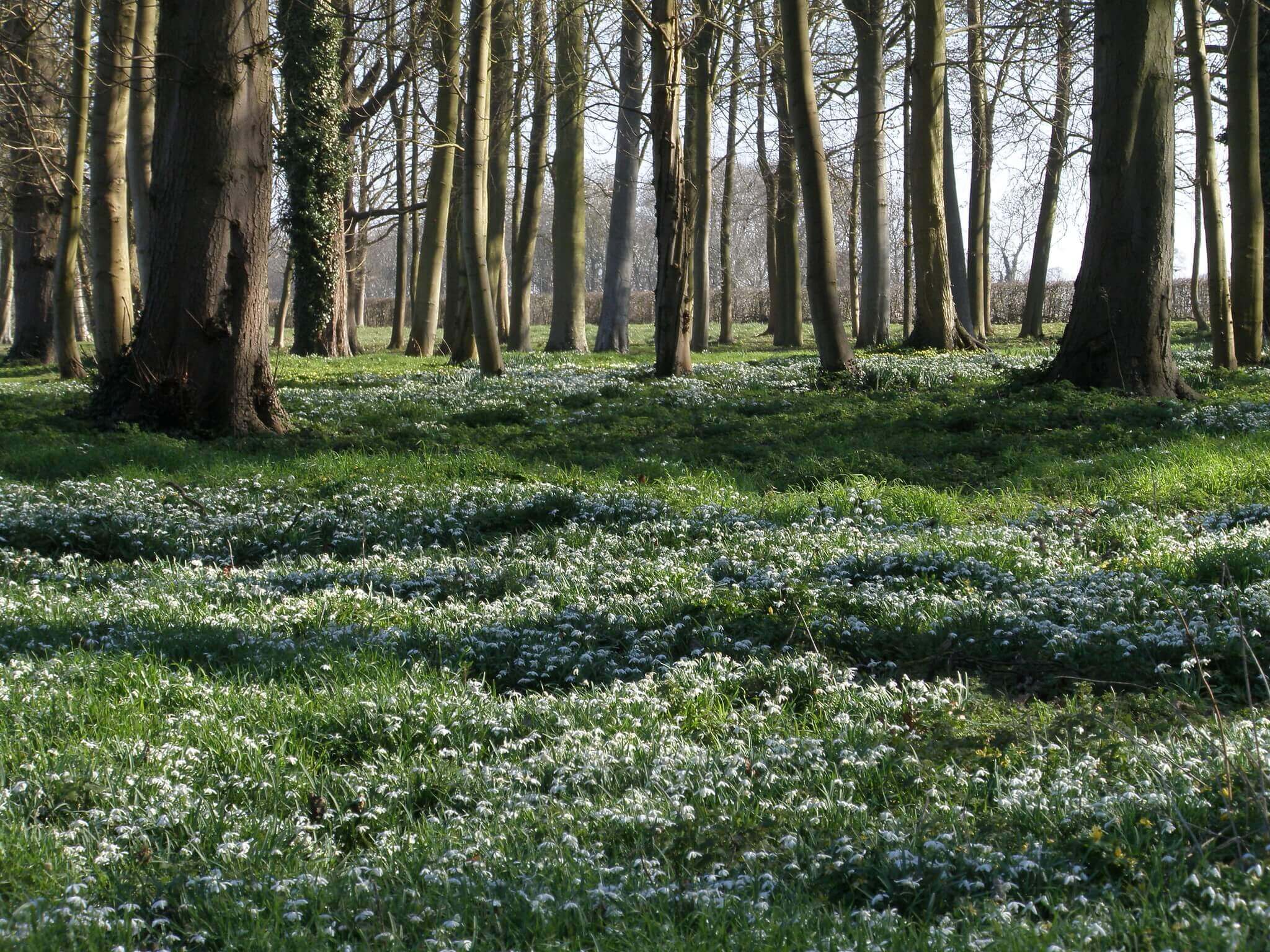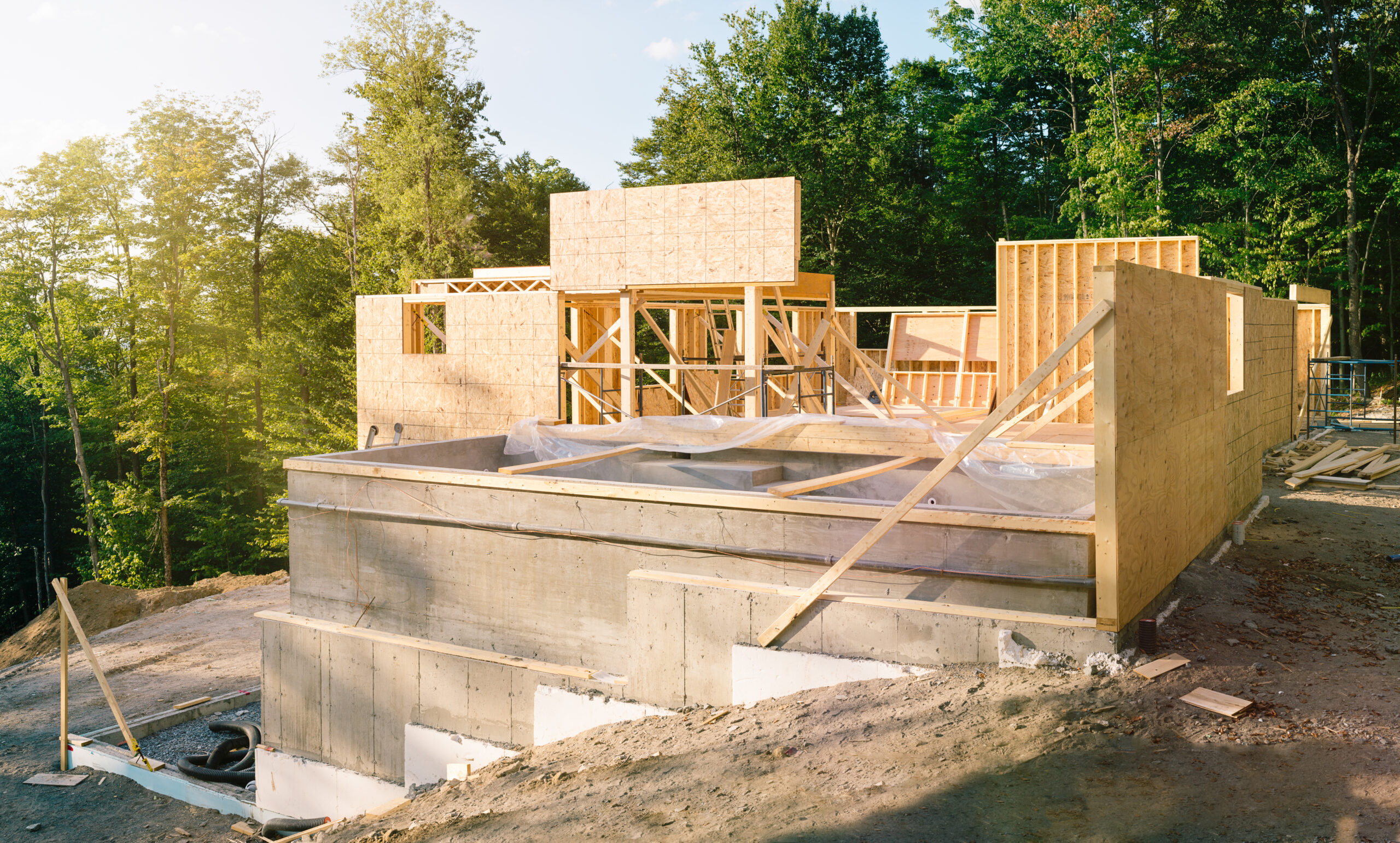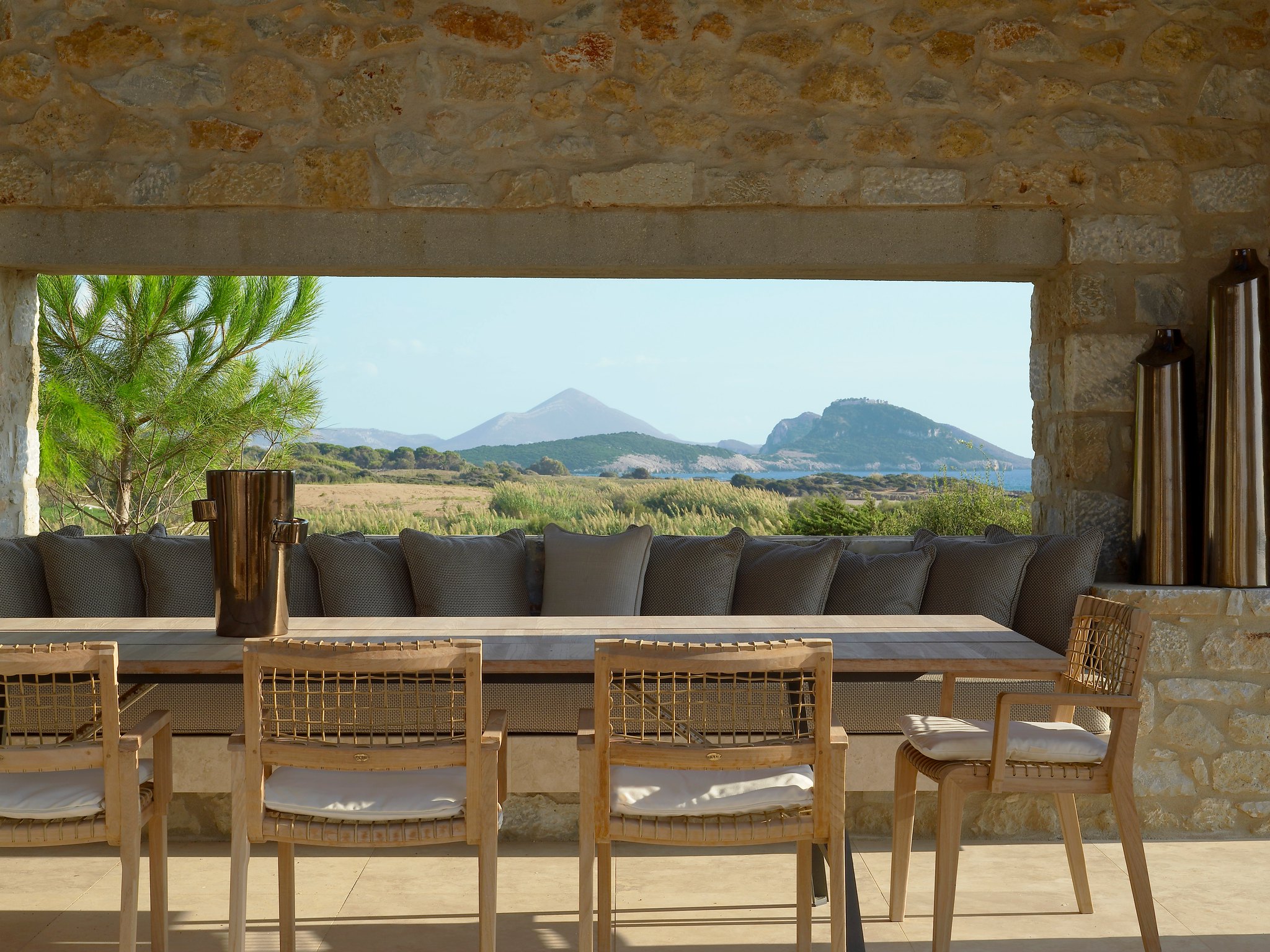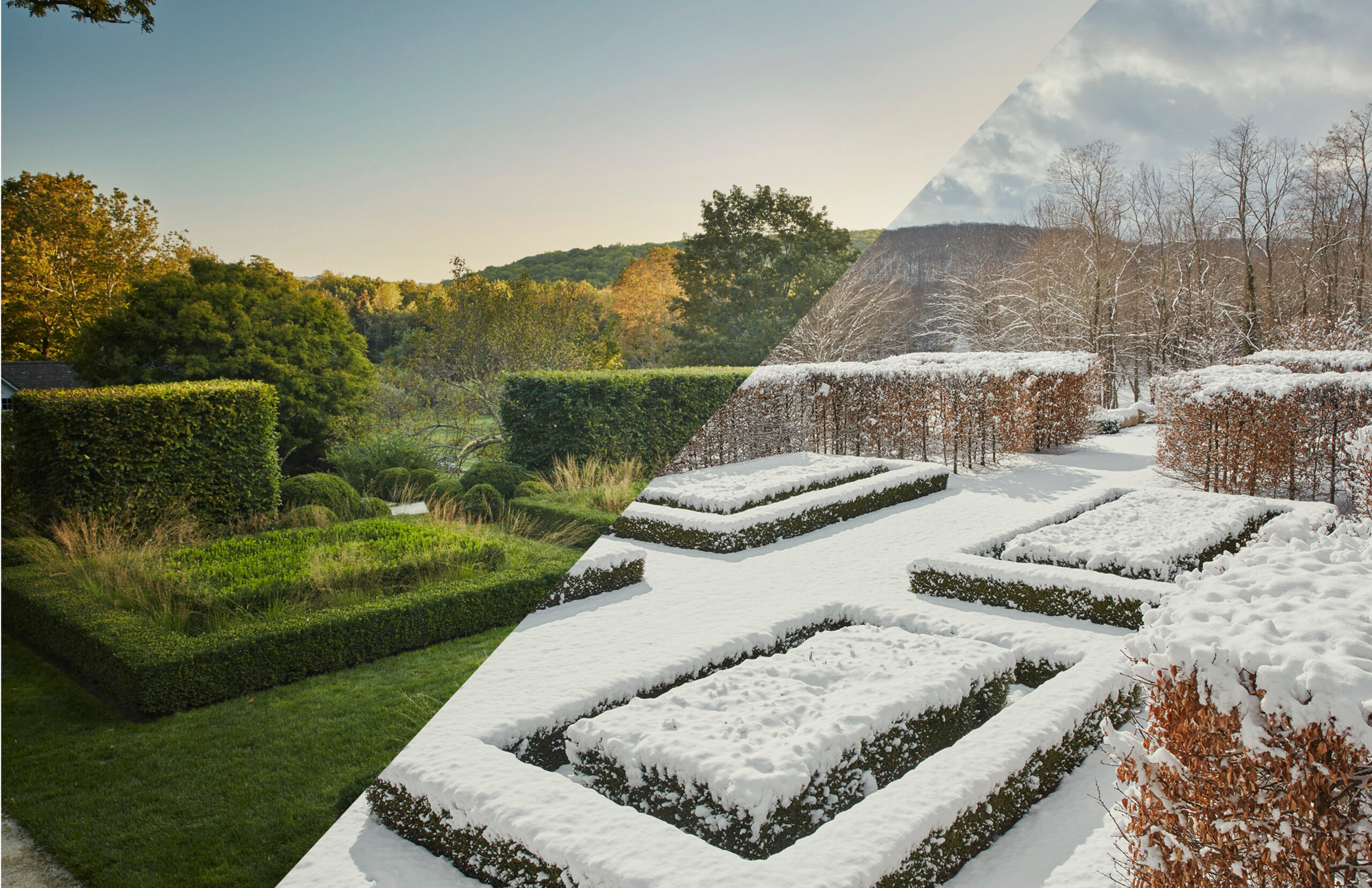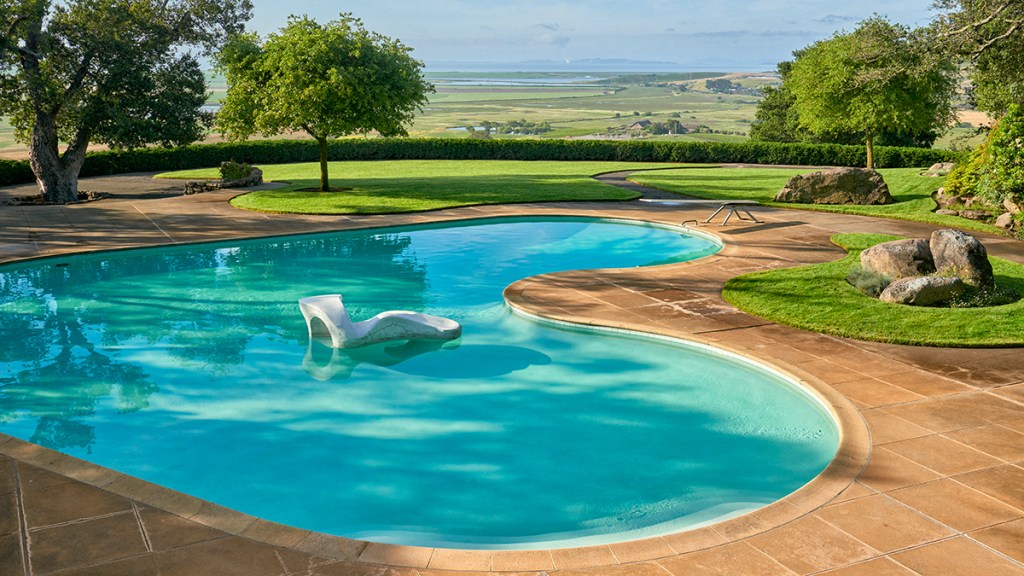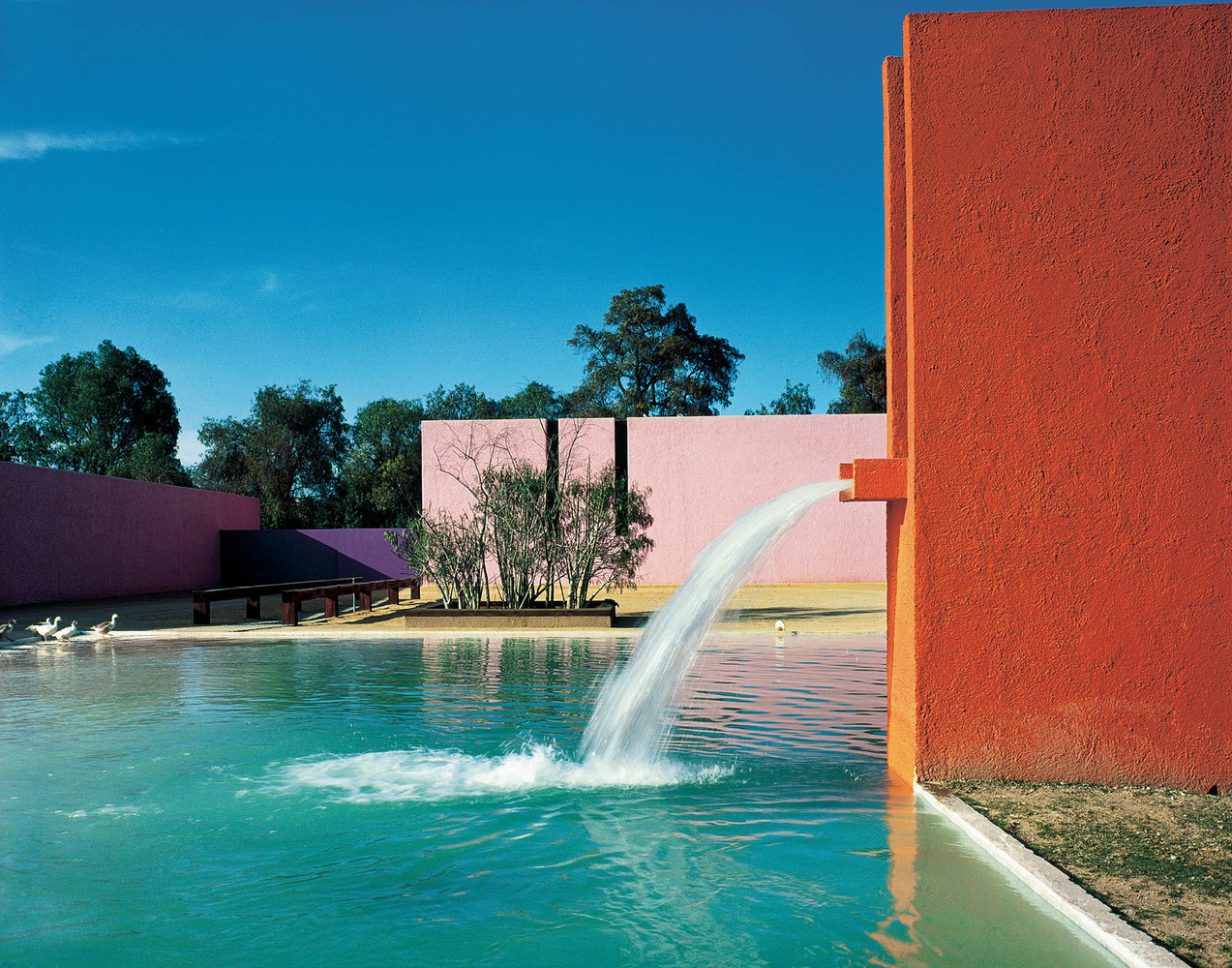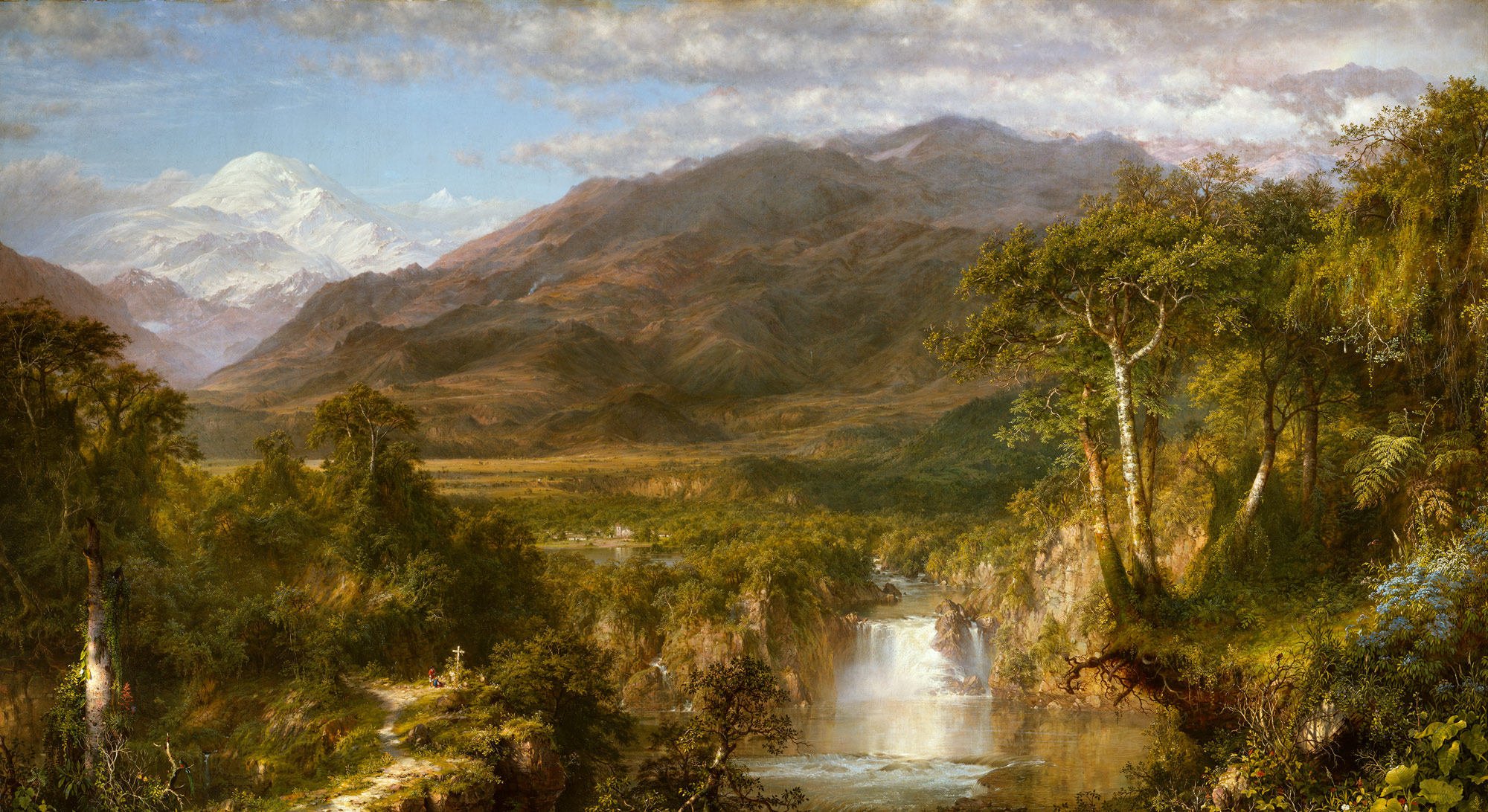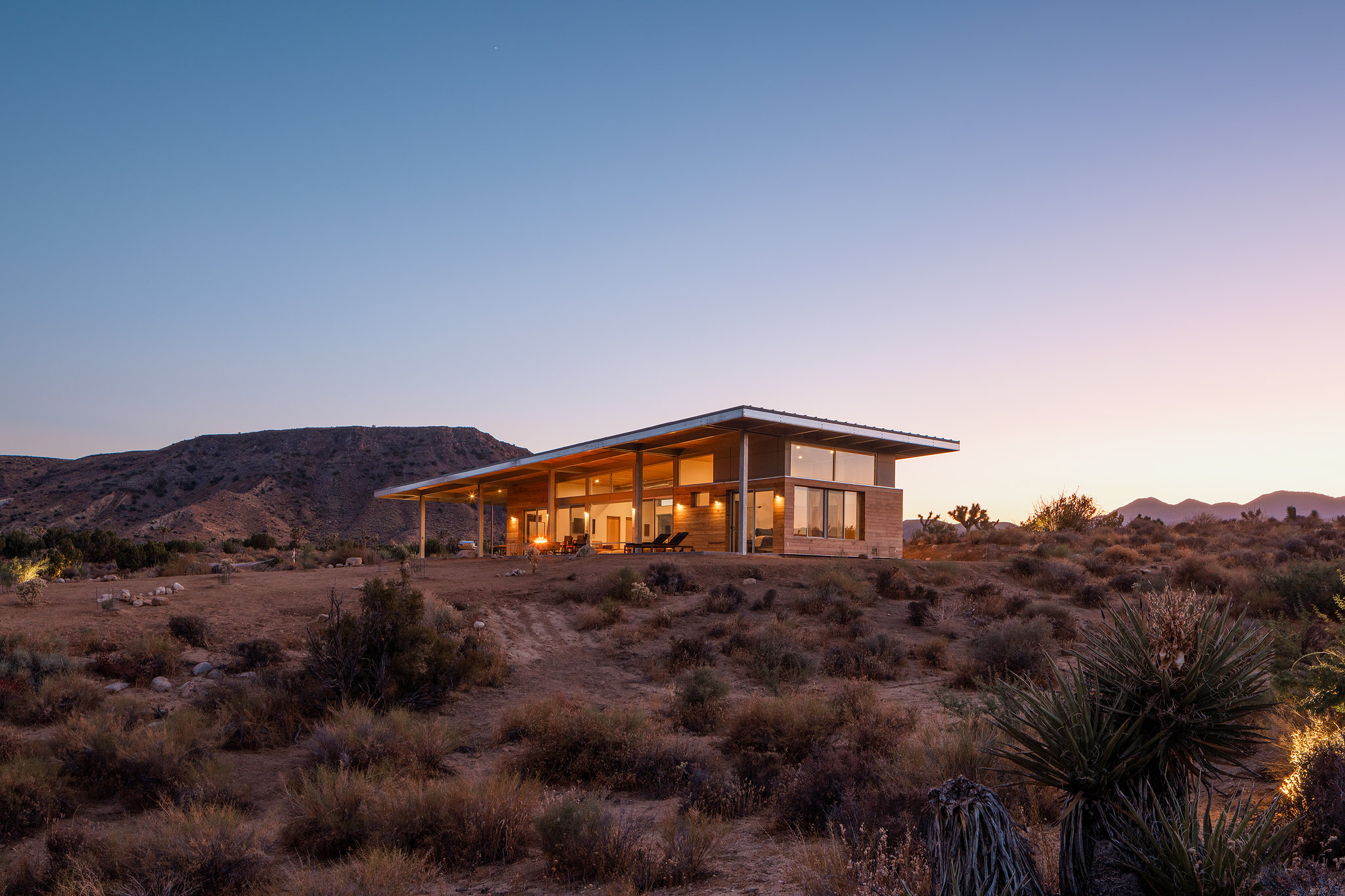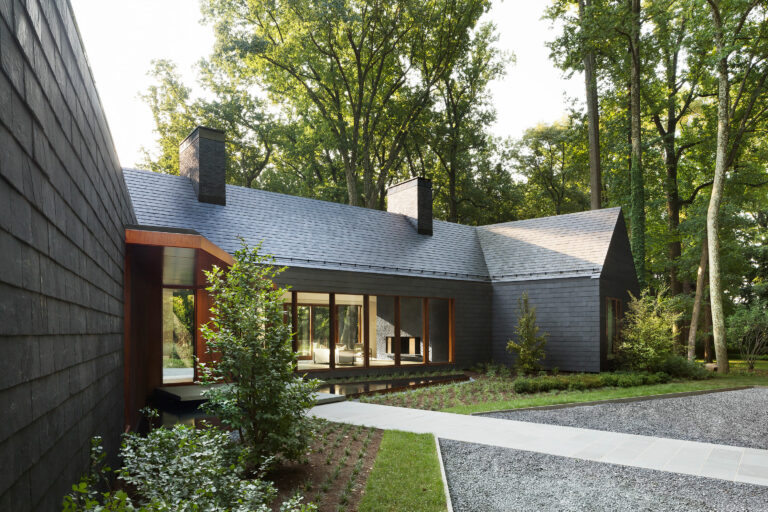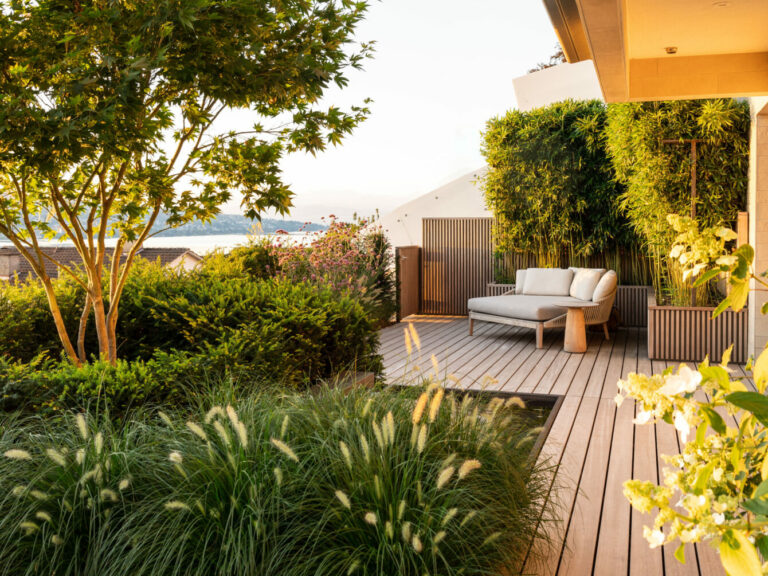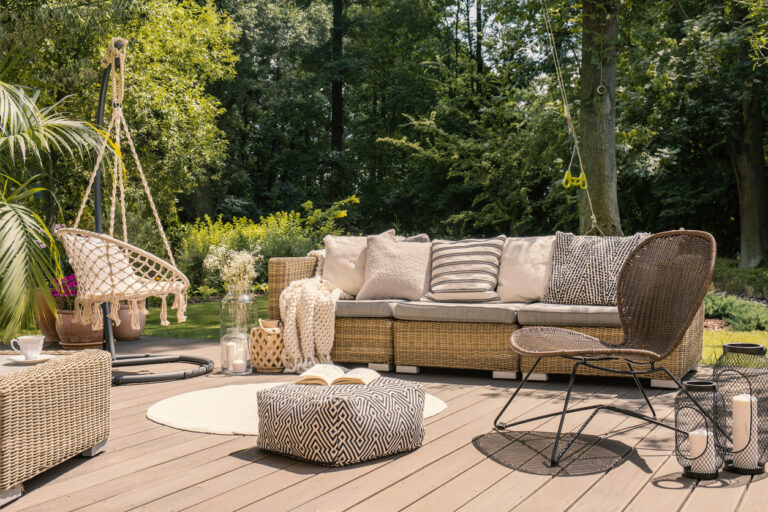One of the best ways to achieve an elevated outdoor living space is to incorporate balance, beauty, function, durability, and value by using natural stone.
Whether you want to create a tropical vibe with a light beige sandstone or achieve a majestic feel with dark ebony granite, there is a natural stone to match your needs.
One of the benefits to building with stone for your patio is that this material is easy to maintain and typically lasts longer. Unlike concrete, which can become stained and faded over time, natural stone material is durable and does not fade as easily.
In this article, you will find 5 natural materials for your backyard patio including their benefits, drawbacks and unique effects.
5. Building with Flagstone
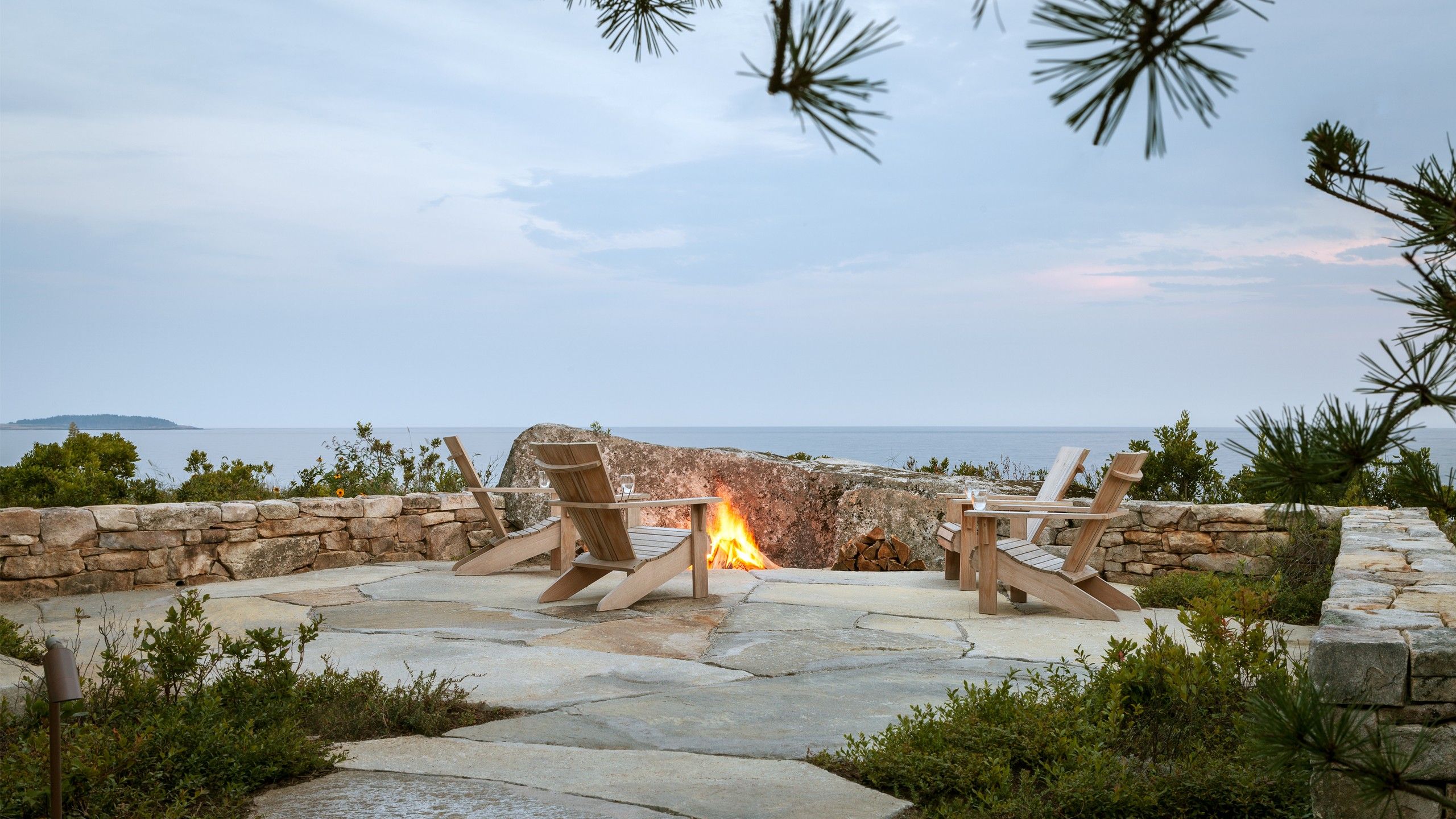
Flagstone is sedimentary rock. It’s an attractive choice for backyard patio building materials as it can offer a neutral, organic color palette and is very easy to install and maintain.
One of the best benefits of to building with flagstone pavers is the versatility. Its wide range of colors and shapes make it perfect for use in both indoors and outdoors. This versatile material also offers numerous benefits such as non-slip, low-absorption, and durability.
The natural stone can be used for a variety of applications, such as outdoor walkways, pool decks, and most obviously stated, patios. Flagstones can be used with both formal and informal design, and can be laid on top of grass or AstroTurf for a smooth, low-maintenance surface.
Using flagstone pavers as a decorative element can increase the value of your home. They add a touch of charm and character to any landscaping project and their low-maintenance properties make them a great choice for challenging yards.
Online Courses Provided by The Landscape Library
-
Sale!

Walker Edison GZAN4PCBRB Paje Lounge Sets, Brown
$ 1,085.00Original price was: $ 1,085.00.$ 674.00Current price is: $ 674.00. Learn More -

Roccbox Pizza Oven by Gozney | Portable Outdoor Oven | Gas Fired, Fire & Stone Outdoor Pizza Oven – New Olive Green
$ 499.00 Learn More -

Outdoor Solar Powered Floor Lamp 2 Piece Different Size Modern Outdoor Decor Lanterns with Edison Bulbs Waterproof Solar Light for Patio,Pool, Lawn, Porch, Garden
$ 89.99 Learn More -

Jaxx Juniper Outdoor Bean Bag Patio Chair, Navy Stripes
$ 169.99 Learn More
4. Building with Bluestone
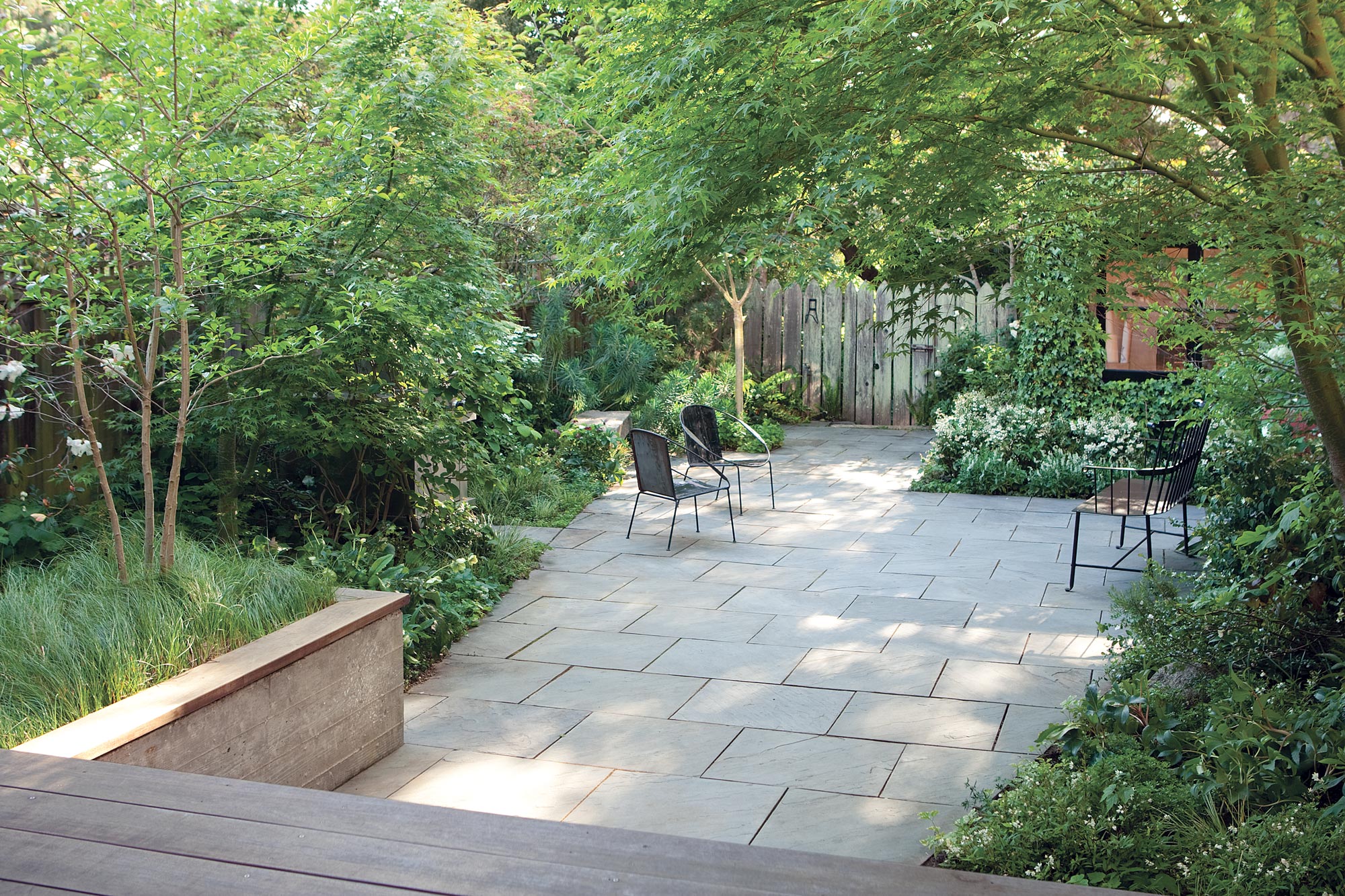
Bluestone is a popular option as a building material for homeowners who want to add a touch of natural beauty to their backyard patio. It is commonly used for patios, walkways, and retaining walls.
Like other natural stone, building with bluestone comes in many different types and colors. It is also available in a variety of patterns and textures, so it’s easy to find something that suits your style.
This stone is usually mined in Pennsylvania, New York and Virginia, but it can also be imported from other countries. It is a sedimentary rock that is generally made up of sandstone bound together by minerals such as silica, calcite and iron ore.
It can be carved and cut into various shapes and can be used to create a wide range of architectural designs such as a roofing material for buildings. This material can be a great choice for your next landscaping project because it has a lot of character and is easy to work with.
In addition to being a beautiful addition to any yard, bluestone is an excellent choice for driveways and walkways areas as it is relatively easy to install, as it does not require the use of special tools. It is also durable and will hold up well to the elements, making it a great option for those who live in colder climates.
3. Building with Clay
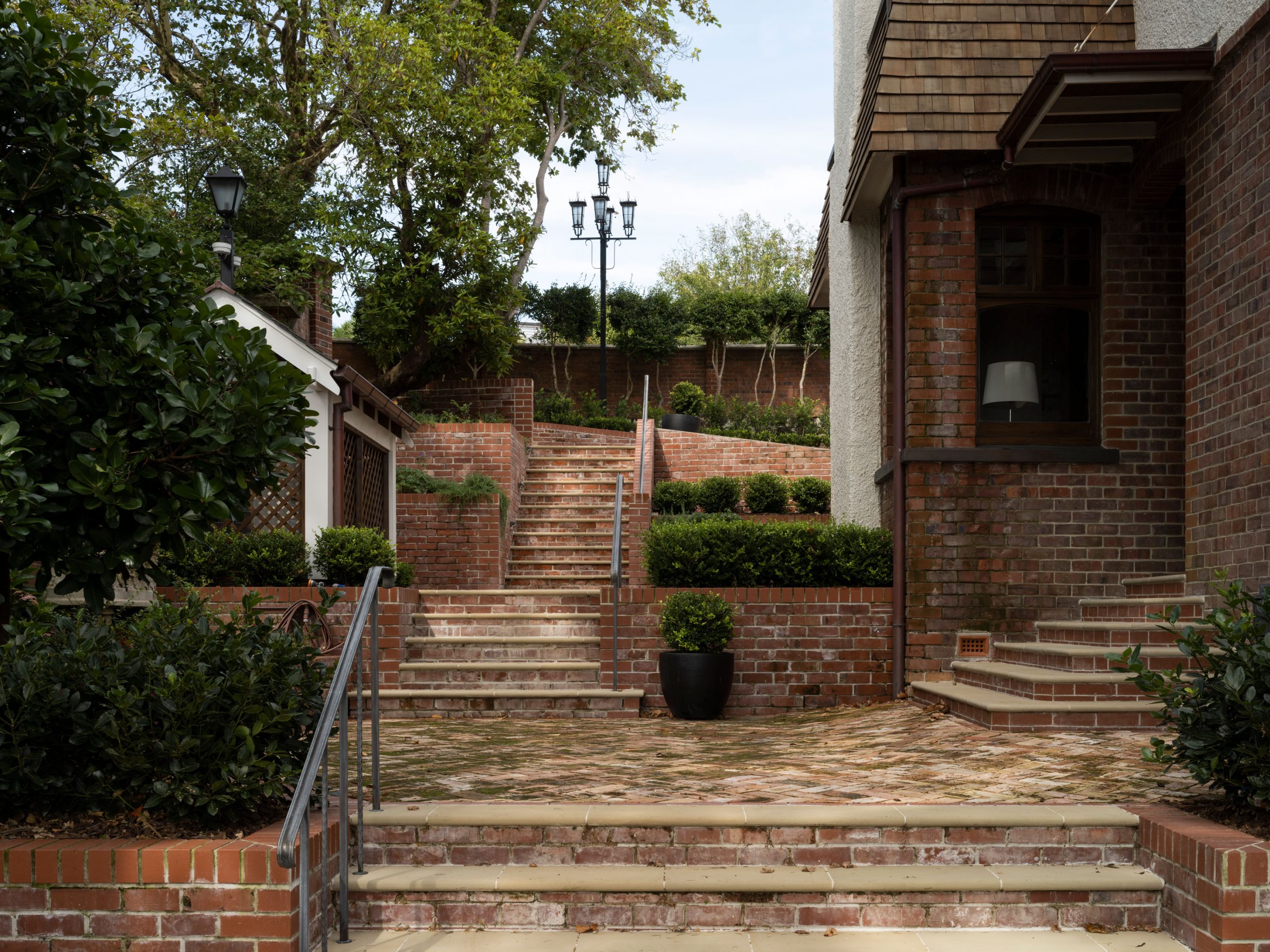
Clay brick is a type of natural building material that can elevate any backyard project. Brick lasts for years in any climate. They are not eaten by insects unlike other materials. They also do not need to be painted. Although, various pigments can be added to the clay mixture to make the bricks more colorful.
The most popular shape for clay brick is a rectangular shape. This widely used shape creates the opportunity for multiple patterns. One common pattern is the basket-weave. Other patterns include the herringbone, running bond, stack bond and crosshatch.
The benefits of building with clay stone for your backyard patio include its non-slip properties compared to other materials as well as its ability to easily form with underground soil. Because brick is made from clay–an earth material–it molds with the soil rather than pushes at the soil. This makes the brick less prone to breakage and cracks.
Clay brick is a very common building material which makes it easy to find. Moreover, it is cheaper compared to other building materials no matter the home project.
CAD Libraries Provided by The Landscape Library
2. Using Stone Material Pea Gravel
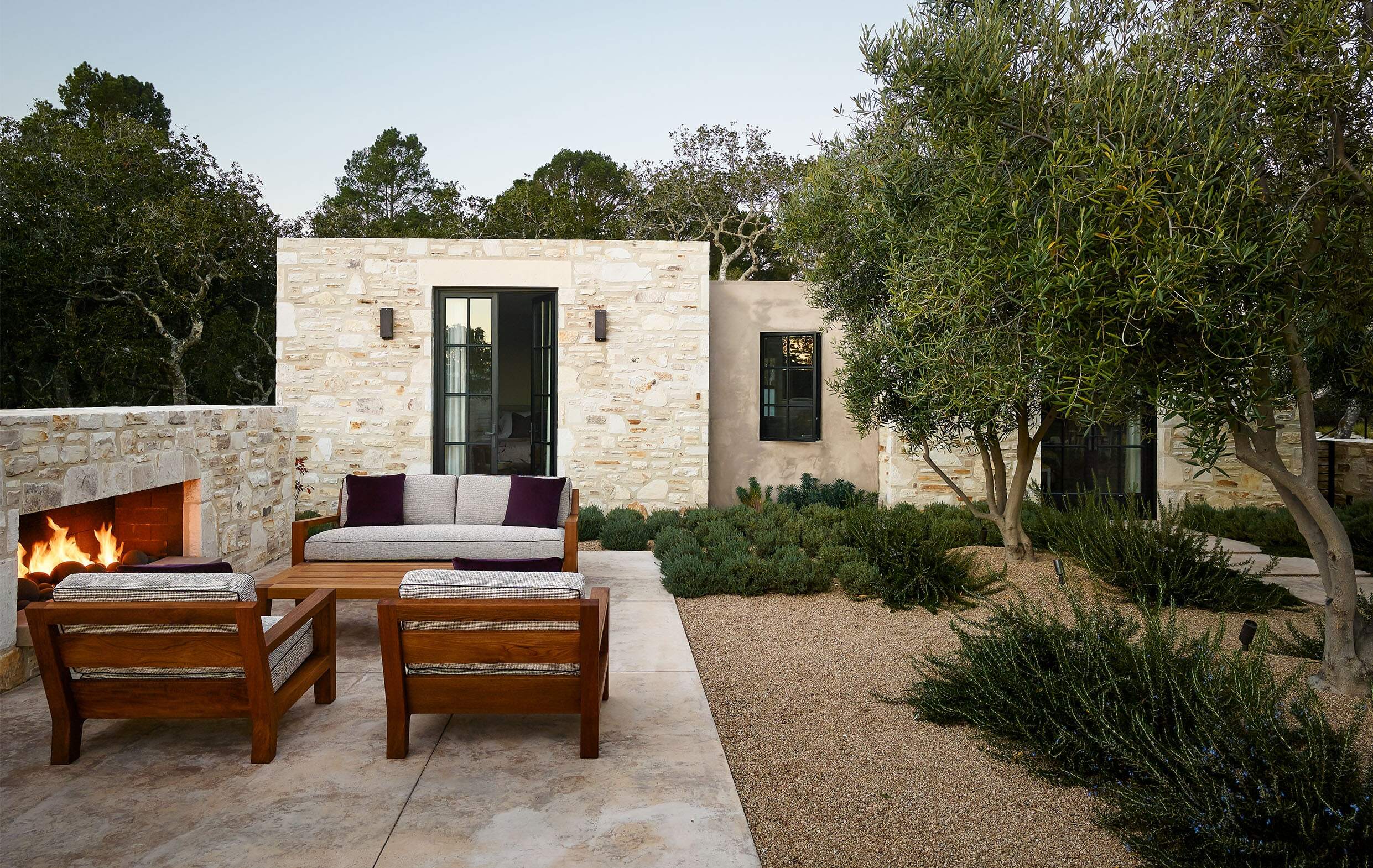
If you’re looking for a major upgrade to your backyard patio, but are on a restrictive budget, pea gravel is a stone building material option to go with. This type of stone is lightweight, easy to install, and can add a decorative touch to your space.
The most common use for pea gravel is as a patio. You can also use it in flower beds and drainage projects. Pea gravel comes in many different colors, and can be used in a variety of ways. It can also be mixed with other materials to create an exciting new look.
Pea gravel in its most natural form is usually found near bodies of water. Due to the nature of how pea gravel develops, it can make your backyard patio feel raw yet comfortable and sound.
One of the largest conveniences of pea gravel is that it’s easy to install. When you are installing it, the surface of the ground should be even and smooth. You can use a hand tamper or a tamping machine to ensure accuracy. Once the area is level, it’s time to lay the stones. Be sure to place the rocks in a well-defined line. You can also use string or wood to keep them in place.
To maintain, be prepared to rake the gravel. If you don’t do this, you will find that the surface can become uneven. As a result, furniture and other items will not sit properly on your patio.
If you have a large area of pea gravel to install, you may need to call in a landscaper. However, if you do the work yourself, you’ll save a lot of money.
Click here to read about FilterPave; a Permeable Surface to Help Stormwater Management.
1. Alternative Option: Wood
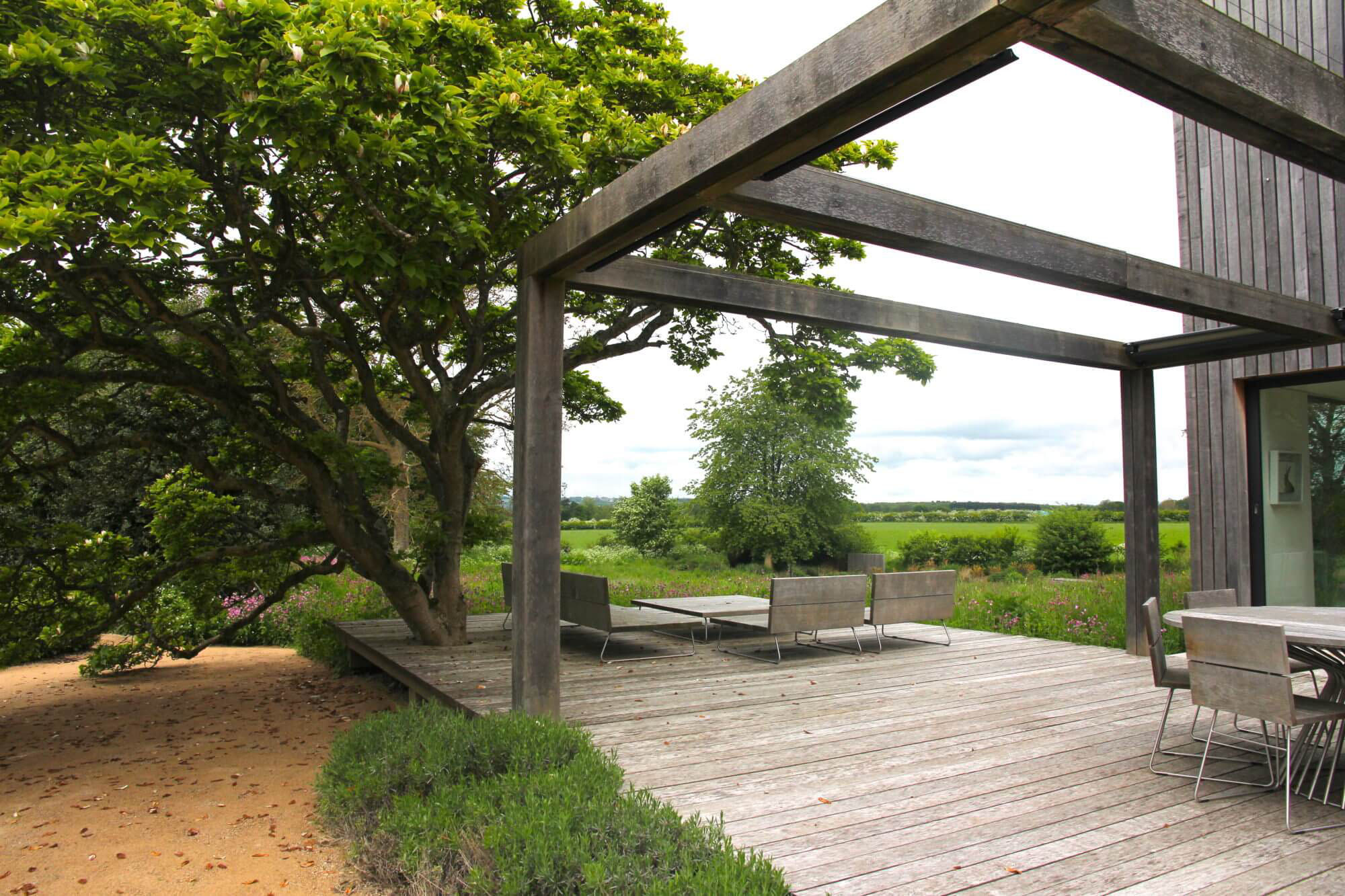
While the first 4 options are great for on-grade construction to building with stone, but you may live on uneven terrain and need a solution like a deck. Wood does not only look good, but it is durable and relatively light, saving you money in the long run. Wood is also one of the cheapest materials on the market, making it a good choice for the budget conscious.
While most woods look best when left untreated, you can also sand them down and make them look brand new. You’ll have to be careful not to unintentionally stain them as wood stains can be a pain to remove.
Wood is unique building material that it can be used to create more for your backyard patio other than a surface for the ground. Use wood to create raised decks, steps, walls or even pergolas. Not only will you have a place to hang out, but you’ll also have a nice place to entertain. Plus, you won’t have to worry about your shoes getting dirty or muddy.
While wood is a popular material for decks, this type of construction does offer various types of different woods that can accommodate your projects – such as engineered hardwood or teak.
If you decide to install a deck for your backyard and extend the interior space, be sure to check local zoning codes with online resources such as eCode360 and apply for any permits that are necessary.
